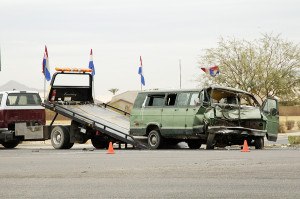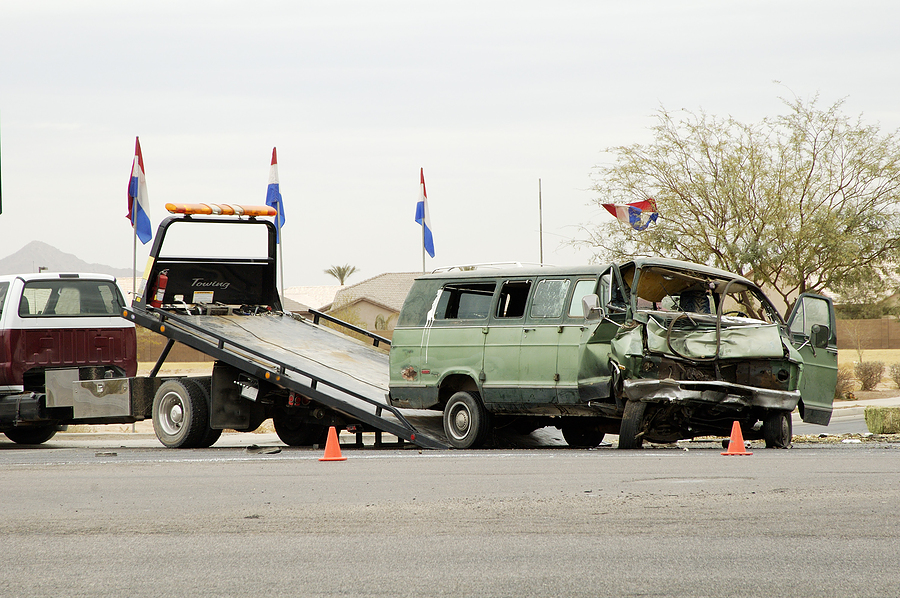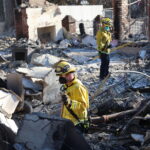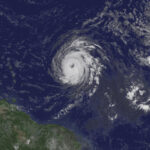 Intersections with flashing lights have three times more accidents than those with only stop signs and intersections with highway frontage roads are high risk, a University of Texas study released Monday said.
Intersections with flashing lights have three times more accidents than those with only stop signs and intersections with highway frontage roads are high risk, a University of Texas study released Monday said.
A civil engineering research team led by professor Chandra Bhat determined which intersections were the most dangerous so that future studies can consider how to make them safer. They used data collected by the Texas Dept. of Transportation.
Roughly 40 percent of all traffic accidents take place at intersections, Bhat said. His study could not determine if flashing lights at intersections confused drivers or if traffic engineers have placed flashing lights at the most dangerous intersections.
Drivers exiting highways are also more likely to crash, either because they are going too fast or switching lanes in a dangerous manner.
“Understanding their causes should be a priority for transportation and safety professionals, so that we can develop countermeasures to reduce the high incidence of crashes and resulting deaths and injuries at intersections,” Bhat said.
A key finding of the study is that intersection accidents are affected by the larger traffic network around them, and that fixing a dangerous intersection will reduce accidents on neighboring streets.
“If you don’t account for this dependence, which is what almost all earlier studies have done, you underestimate the value of roadway and traffic control improvements,” Bhat said.
Intersections with traffic lights are the safest, the study found. But once an accident begins to develop, it is harder to stop, Bhat said.
Researchers will present the findings at the National Transportation Research Board Meeting in Washington next month.
Was this article valuable?
Here are more articles you may enjoy.


 Deutsche Bank, Mudrick Sue Ambac Over $65 Million Transfer
Deutsche Bank, Mudrick Sue Ambac Over $65 Million Transfer  After the Flames: Preparing for the Growing Fraud Threat in Los Angeles
After the Flames: Preparing for the Growing Fraud Threat in Los Angeles  An Unusually Active Hurricane Season Is in Store for the Atlantic
An Unusually Active Hurricane Season Is in Store for the Atlantic  Ticketmaster May Have Broken Law With ‘Platinum’ Oasis Seats
Ticketmaster May Have Broken Law With ‘Platinum’ Oasis Seats 